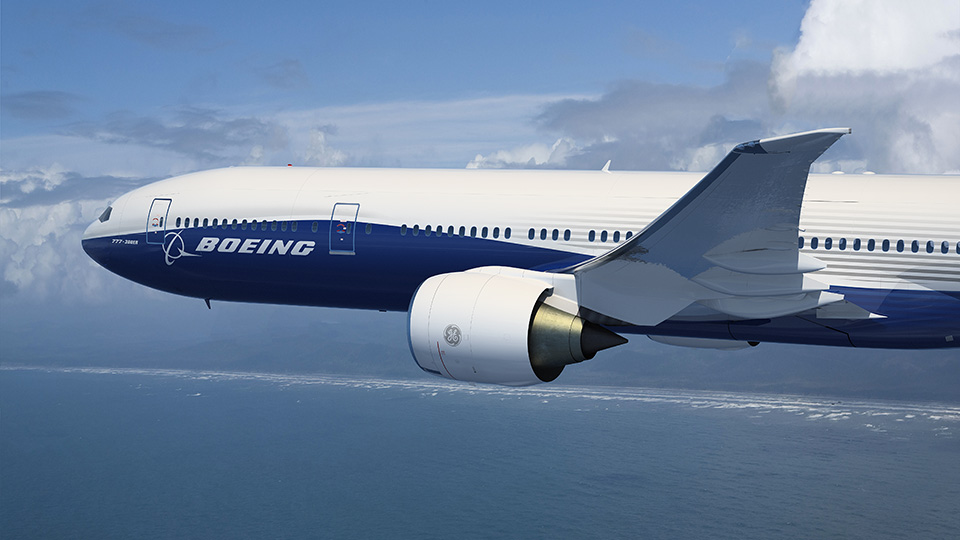Leeham News and Analysis
There's more to real news than a news release.
Pontifications: Leahy’s retirement from Airbus
Nov. 14, 2016, © Leeham Co.: News emerged last week that Airbus super-salesman John Leahy has a new deputy, Kiran Rao.
A new title for Rao wasn’t revealed in the Bloomberg story. He currently is EVP-Strategy and Marketing, so he already was right up there behind Leahy.
But the report, which is presumed true (Bloomberg has a good track record on this sort of thing) is pretty clear indication that the 66-year old Leahy is soon to retire and Rao is almost certainly his successor.
Leahy is Chief Operating Officer-Customers for Airbus Commercial.
Bjorn’s Corner: Turbofan engine challenges, Part 3
November 12, 2016, ©. Leeham Co: In our trip through a modern turbofan airliner engine and its technologies, we looked last week at the engine intake and the fan. We now continue with the compressor parts.
As compressors and turbines use the same principles (but in opposing ways), we will look at these principles this week and how their roles in the engine create their special characteristics.
As before, to make things concrete, we use a GasTurb simulation of a Rolls-Royce Trent XWB 84k engine to look at practical data when needed. As before, I have no specific knowledge about the engine and will not use any data outside what is public information.
The GasTurb cross section of a three-shaft turbofan is shown in Figure 1. We will examine the sections between station numbers (22) and (3) and (4) and (5) in the general discussion of compressors and turbines. We will then look at some data for common compressors. Read more
Pontifications: A history-making year
Nov. 7, 2016, © Leeham Co.: This is a history-making year.
Yes, there is Brexit.
Sure, there is the first woman candidate of a major political party running for the presidency of the US.
Yep, there is the biggest Doofus ever nominated by a major political party also running for the presidency of the US.
But let’s get to something really important.
The Chicago Cubs finally won the World Series 108 years after the last time they did.
Bjorn’s corner; Turbofan engine challenges; Part 2
November 04, 2016, ©. Leeham Co: We will now start to go through a modern turbofan airliner engine and look at the technologies which are used and what are their technical challenges. We will start today with the engine intake and the fan.
To make things concrete, we will use a GasTurb simulation of a Rolls-Royce Trent XWB 84k engine. This will provide us with realistic example data for the different parts of the engine. I want to stress that all values are assumed as typical for such an engine. I have no specific knowledge of the Trent XWB and will not use any data outside what is public information.
The GasTurb cross section of a three-shaft turbofan is shown in Figure 1. We will use the station numbers in the figure to navigate the engine and the data from the simulation to understand modern airline engines and their typical data. Read more
Boeing sees wide-body market recovery from 2020
Subscription Required
Introduction
Nov. 3, 2016, © Leeham Co.: Boeing may have solved its pressing problem of largely filling the production gap for the 747-8, but there is still a long way to go for the

Boeing 777X. Boeing’s view of the wide-body market has shifted. Once it thought a strong market through 2020. Now it sees recovery in demand from 2020. Boeing photo via Google images.
777.
Boeing Co. CEO Dennis Muilenburg said last week the production rate for the 777 Classic may need to come down another 1-2 per month from the previously announced 5.5/mo if sales don’t pick up.
Despite a pending order for 15 from Iran Air and the perpetual sales campaigns, Muilenburg otherwise painted a picture about wide-body demand that is anything but rosy.
Summary
- Boeing no longer sees strong demand for wide-bodies through this decade. Recovery won’t resume until the start of the next decade.
- Thus, successfully bridging the 777 Classic to the 777X becomes more challenging.
- Investors yawn at more potential 777 production rate cuts.






